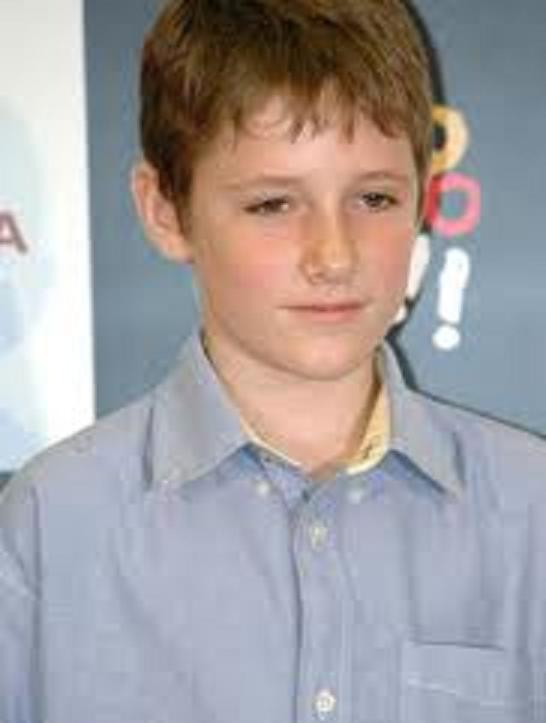

When Jarvik arrived at the institute, he immediately began working on the "Kwann-Gett heart," which was designed in 1971 by a member of Kolff's team, Clifford S. In practicality, however, it meant that recipients of the artificial heart would be permanently attached by tubes to a machine.

Scientifically, the decision was sound, asit divided a complex problem into two simpler parts. When this strategy also failed, Kolff decided to concentrate on the pump and torely on power from compressed air from a machine outside the body connectedby tubes to the artificial heart. Before Jarvik arrived, Kolff had worked hard to create an electrical power source and, after failing at that, a nuclear one.

The ideal solution was considered a single unitcontaining both the pump and the power source that would be completely encased in the recipient's body. Creating the pump with a suitable power-source was the majorobstacle facing the project. The artificial heart program at the Utah institute aimed to re-create the lower two chambers or ventricles of the heart, which comprise the pumping portion of the organ. While working at the institute, Jarvik received his M.D. By the early 1980s, Jarvik developed an artificial heart that could be implanted in a human being. Jarvik's inventive genius soon solved several problems associated with the devices.
#1982 BARNEY CLARK FULL#
Jarvik's achievements in biomedical engineering are closely tied to his employment at the institute, as it was headed by a world expert on man-made organswho had been working on developing an artificial heart for more than fifteenyears, and had the full institutional support of the University of Utah, anessential condition for such a large-scale and complex medical project. Its primary project was to develop an artificial heart. In 1967 he had been appointed head of a new division at the University of Utah, which became known as the Institute of Biomedical Engineering. Kolff had been working on inventing an artificial heart since the mid-1950s. Shortly following graduation, Jarvik was hired as an assistant design engineer at the University of Utah by Willem Kolff, a leading expert in the development of artificial organs. After two years he returnedto the United States to pursue a degree in occupational biomechanics at NewYork University, receiving an M.A. As an alternative, he attended medical school at the University of Bologna in Italy. His immediate plans were stalled when mediocre grades prevented him from acceptance into an American medical school.

Jarvik began premedical course work and graduated in 1968 with a bachelor's degree in zoology. He entered Syracuse University in1964 and took courses in mechanical drawing and architecture, but his father's heart disease prompted him to change his course of study. He watched his father in surgery and before he graduated from high school had invented an automatic stapler for use during surgery, which would replace the process of manually sewing up living body parts. As a teenager, Jarvik was a tinkerer and inventor. Robert Koffler Jarvik was born May 11, 1946, in Midland, Michigan, son of physician Norman Eugene Jarvik and Edythe Koffler Jarvik, and was raised in Stamford, Connecticut. Jarvik also holds honorary doctoratesfrom Syracuse University and Hahnemann University, presented in 19 respectively. He holds a number of patents onmedical devices and has received numerous awards, including two citations of"Inventor of the Year"-from Intellectual Property Owners in 1982 and from National Inventors Hall of Fame in 1983. Jarvik has also performed research on other artificial organs andis author of more than 60 technical articles. Clark lived 112 days with the artificial heart. The device, named Jarvik-7, was implanted in Barney Clark on December 2, 1982, at theUniversity of Utah Medical Center. Jarvik is designer and biomedical engineer of the first artificial heart used as a permanent implant in a human being. Nationality American Gender Male Occupation physician, biomedical engineer, inventor


 0 kommentar(er)
0 kommentar(er)
